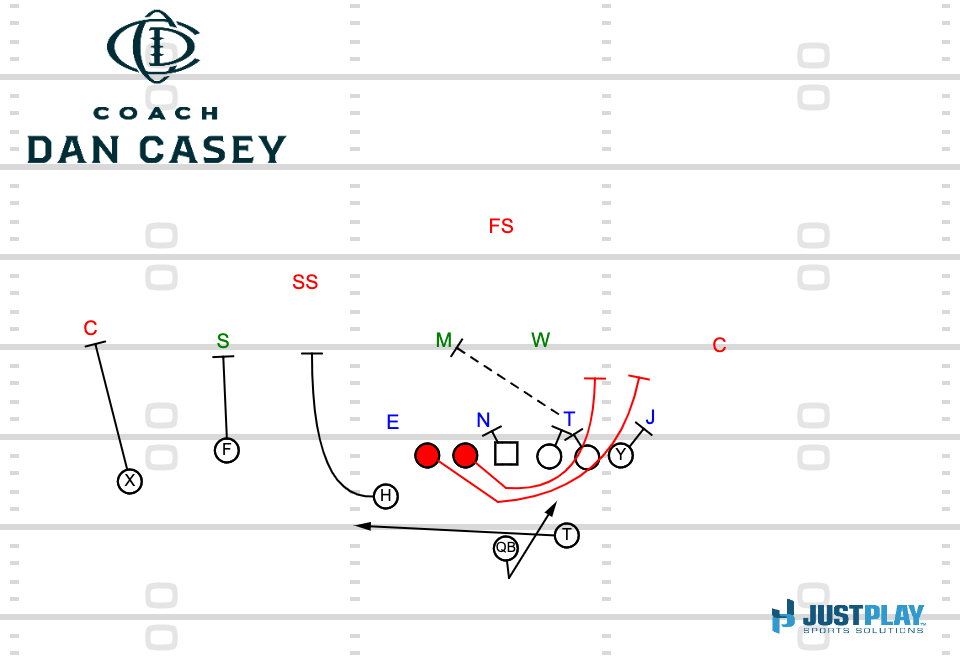One trend I’ve been seeing a lot the past couple years is teams running Snag & Go or Smash & Go off their base pass concepts. Instead of the WR running the Hitch or Snag and settling, they spike into the void upfield. These concepts have been extremely difficult for defenses to match in Zone Coverage. The late break ends up being a rule breaker for a lot of defenses.
Here is an example of Mississippi State running Double Smash with the Boundary Hitch spiking to the middle of the field after the initial break.
Here is an example of Oregon State running a 3-man Snag Concept with the Snag Route spiking to the middle of the field. Both throws require some touch from the QB, but these concepts can add a layer of nuance to your spacing or high/low read concepts.
This is a great wrinkle to add that is relatively to cheap to install. If you have a WR that can sell the initial route you have a chance to take advantage of the soft spots left in Zone Coverage.







